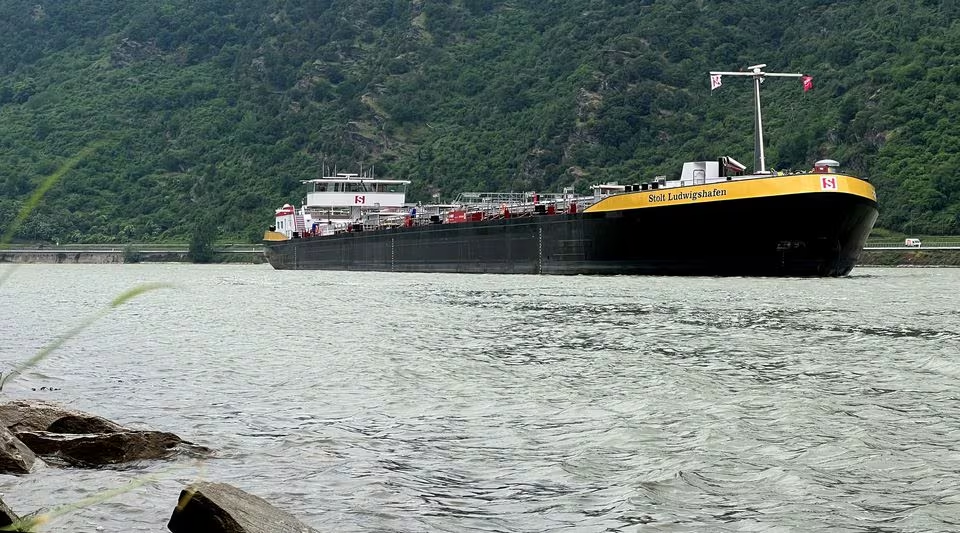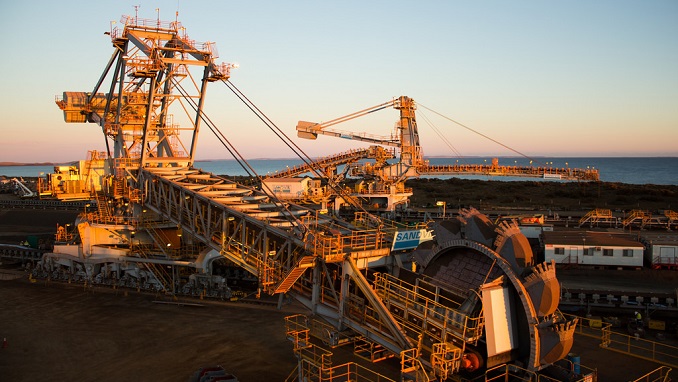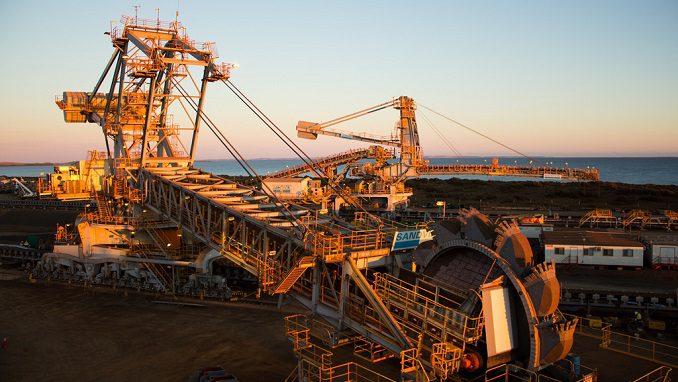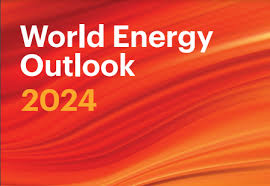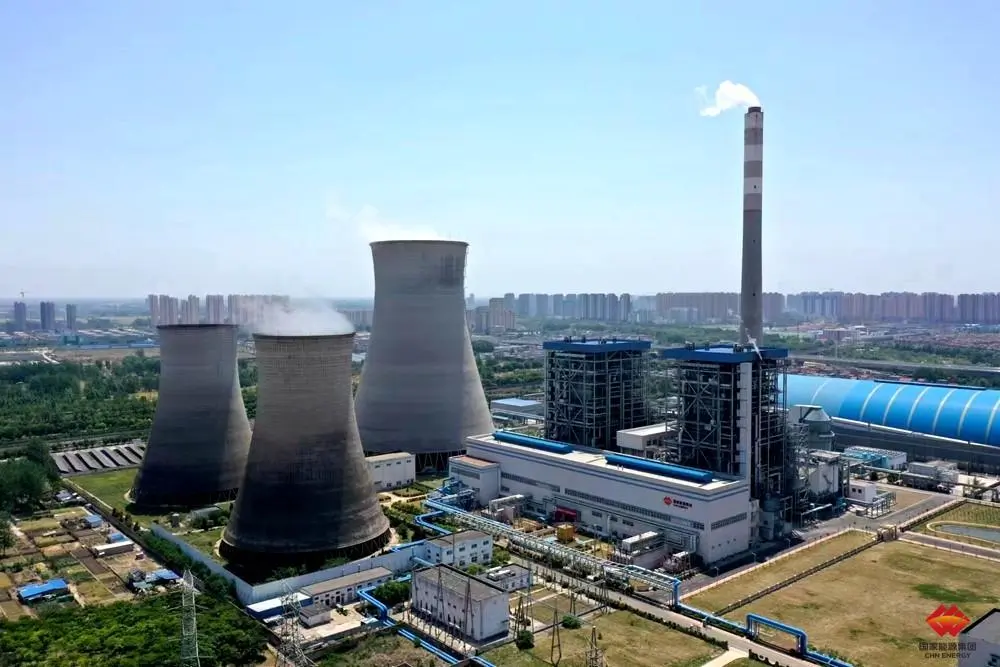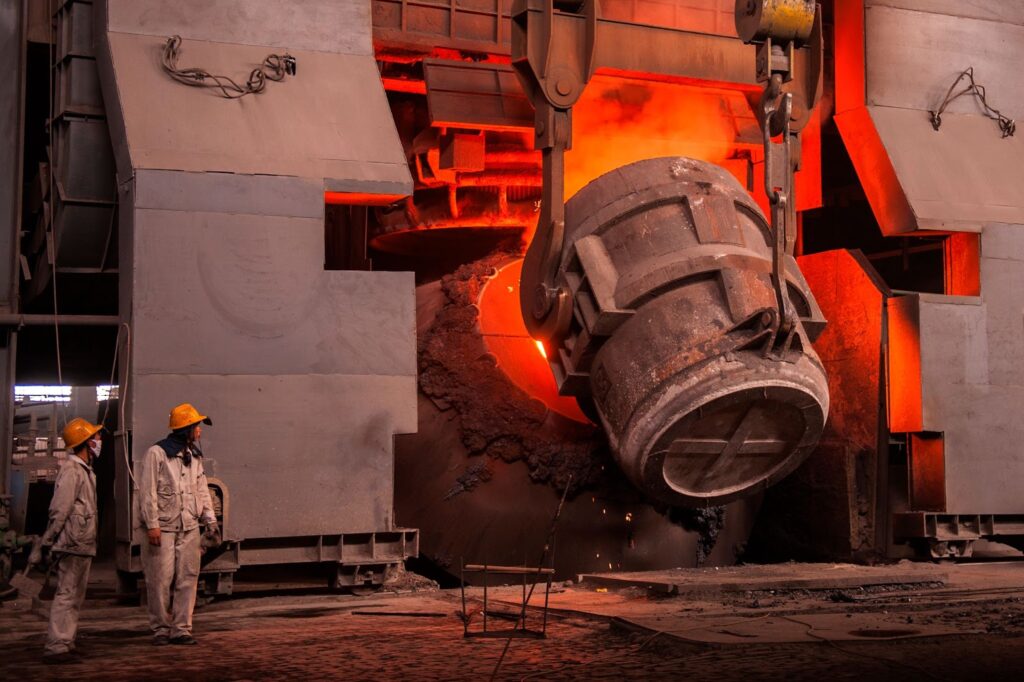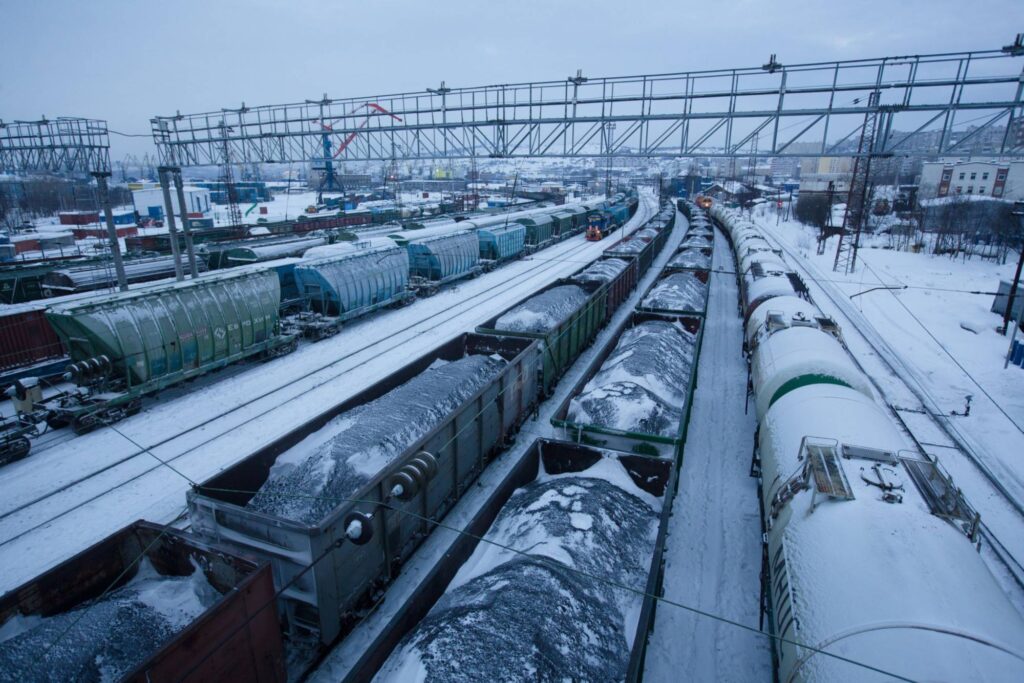European coal prices edged higher on Monday amid signs of tightening seaborne supply as Asian buyers stepped up purchases but sluggish generation demand could cap gains.
The front-month API 2 contract was last seen up USD 1 on the previous settlement at USD 115.65/t, on Ice Futures.
But the contact was still somewhat below 27 March’s near five-month high of USD 121.35/t.
A UK-based cross-commodities analyst said the price support in part reflected growing competing demand from China and India for the fuel, to build up stocks ahead of the summer cooling season.
“Colombia is sending more tonnes east,” he said, regarding exports from Europe’s largest supplier of thermal coal.
Shipments to Europe from both Colombia and South Africa – the region’s third largest thermal coal supplier – were showing signs of decline, as producers sought more lucrative markets in the Pacific basin.
Europe was likely to receive its lowest volume of Colombian coal this month since December 2020 of just over 1m tonnes, according to provisional Kpler data, while Asia would receive its highest amount since the vessel-tracking firm’s data began in 2017, of 2.8m tonnes.
As such, stocks at key Amsterdam, Rotterdam and Antwerp (ARA) import terminals were seen today only marginally higher on the week – at 5.57m tonnes – after last week reaching a year-to-date low of 5.52m tonnes, according to Montel estimates.
Lack of direction
Yet, a coal trader with a German utility said such API 2 gains were not justified by the rise in Asian demand, with EU generation demand weak and inventory levels sufficient.
“It seems like a bit of a stretch, this [Pacific basin support] argument,” he said.
From a technical standpoint, the front-month API 2 contract could return to around USD 120/t later this week, should it manage to stay above USD 112.75/t this session, said Montel’s head of technical analysis, Tom Hovik.
But he noted there were “no strong directional signals” at the time of writing.
By Laurence Walker

